hi guys welcome back to my channel, today i have for you some fresh knowledge I found on the ground. The sky was out this week it was kinda awesome sauce, I hope yall went out to smell the air and rain.
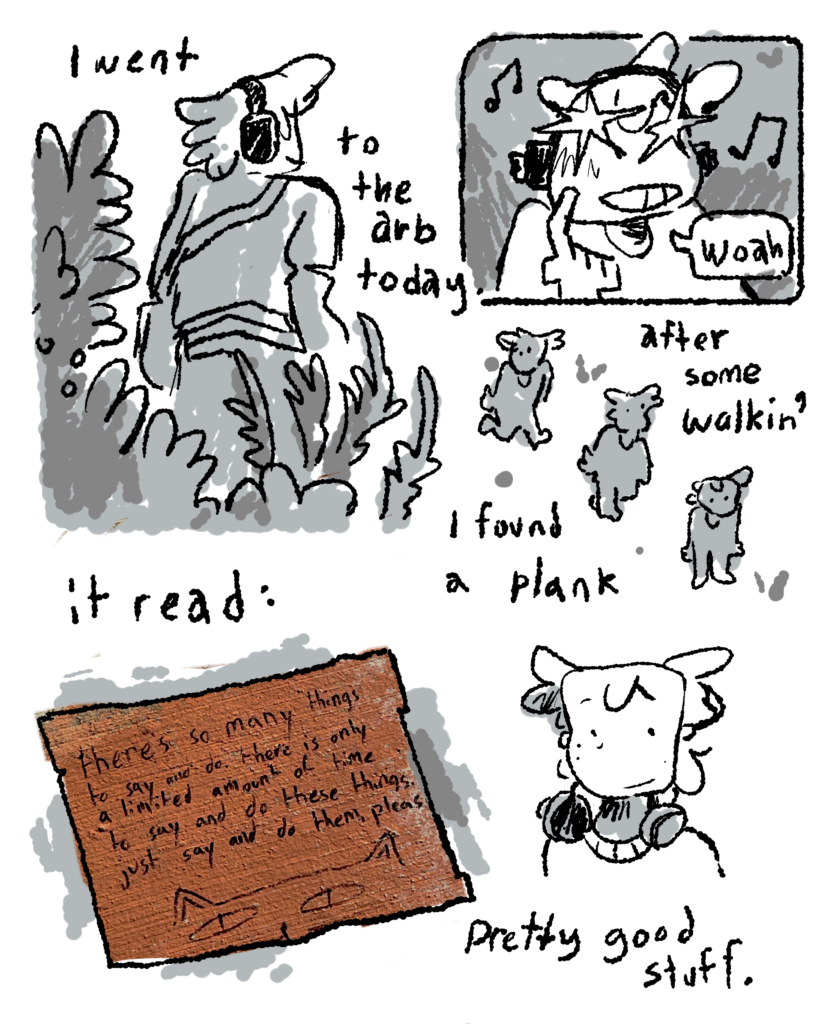
bonus knowledge images for you guys below hehe
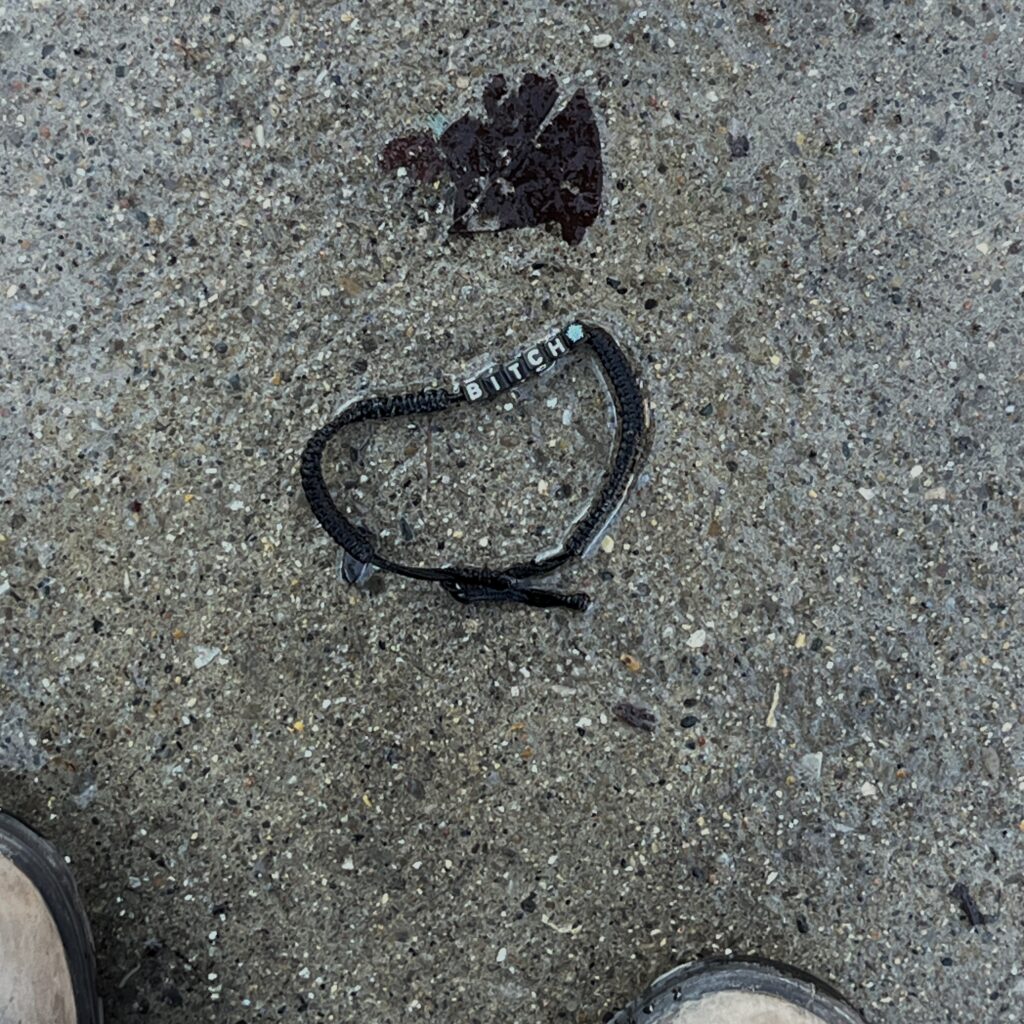

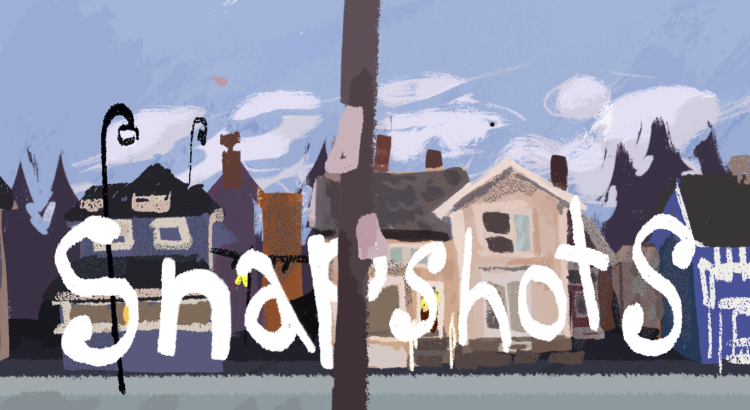
hi guys welcome back to my channel, today i have for you some fresh knowledge I found on the ground. The sky was out this week it was kinda awesome sauce, I hope yall went out to smell the air and rain.

bonus knowledge images for you guys below hehe


Who’s looking for Ringo?


Heart to heart.
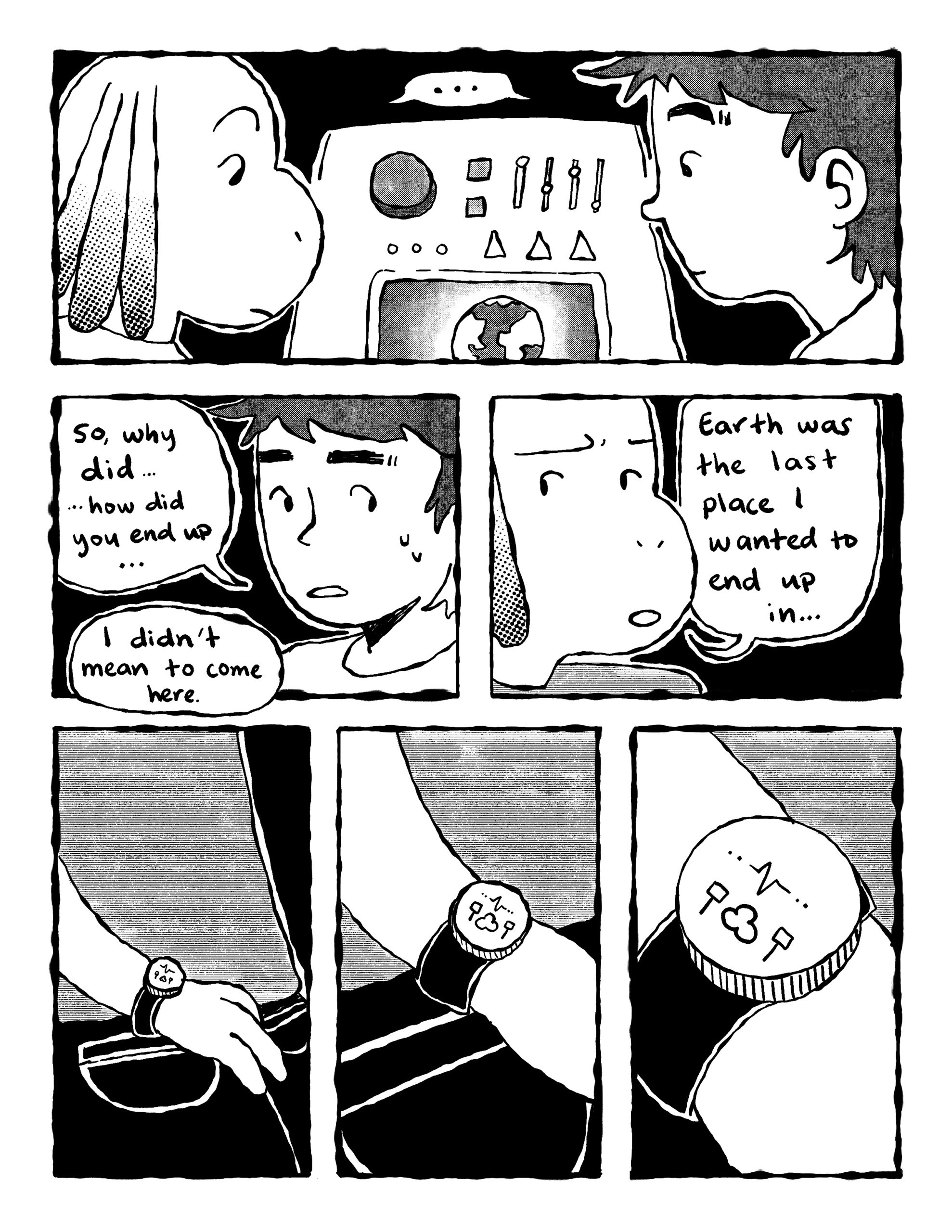
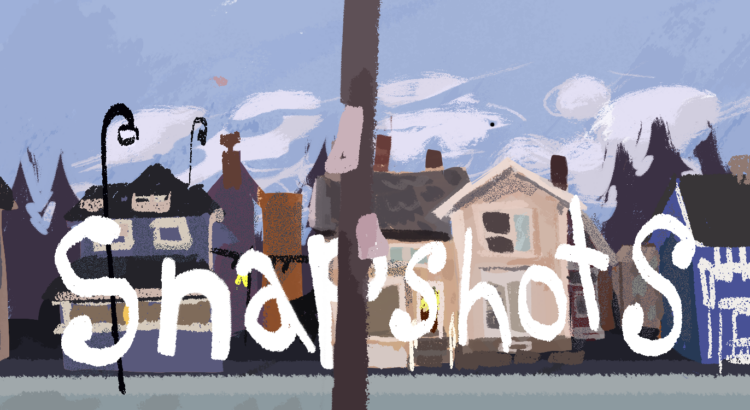
hello arts ink. I have taken over…this is my first post ever….watch out….
my comic is about things i find on the ground on campus bc i always feel sad bc they’re left behind.

pic of smashed ted the bear below…
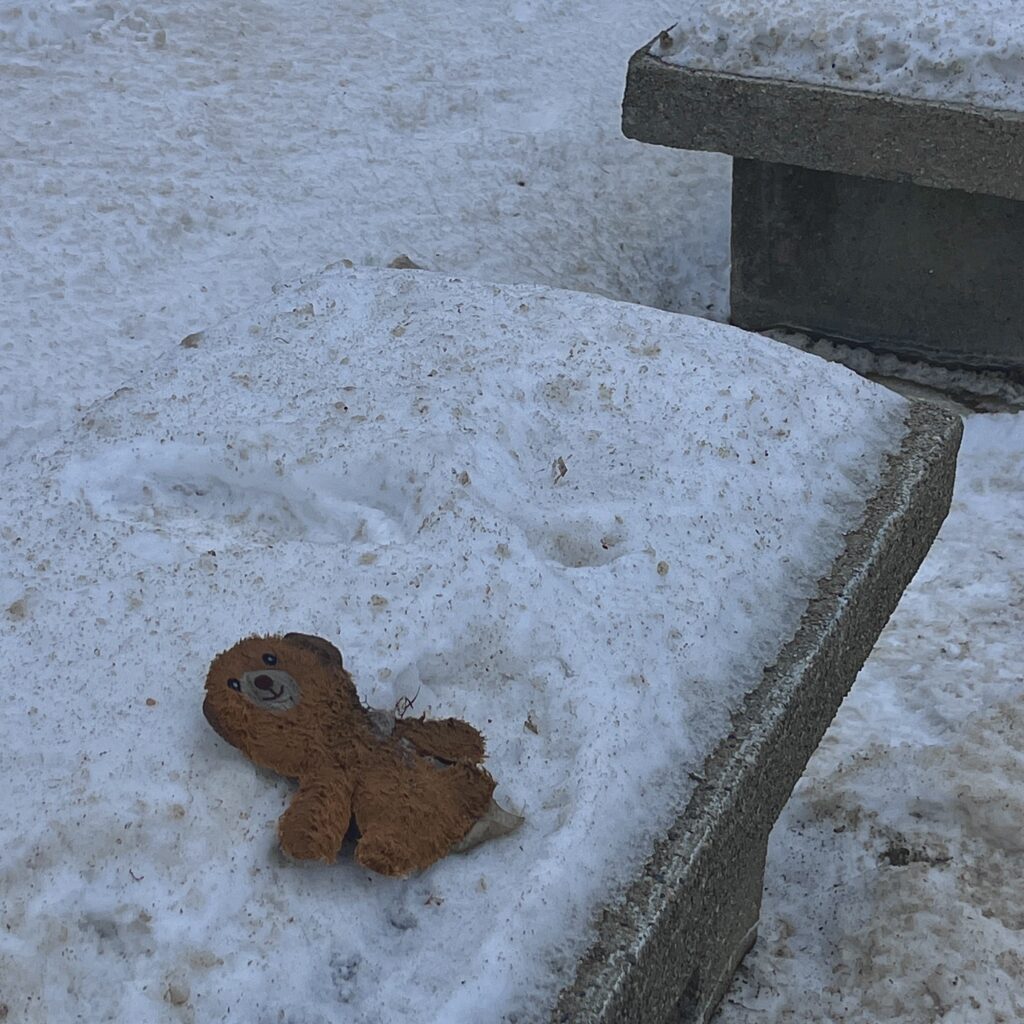
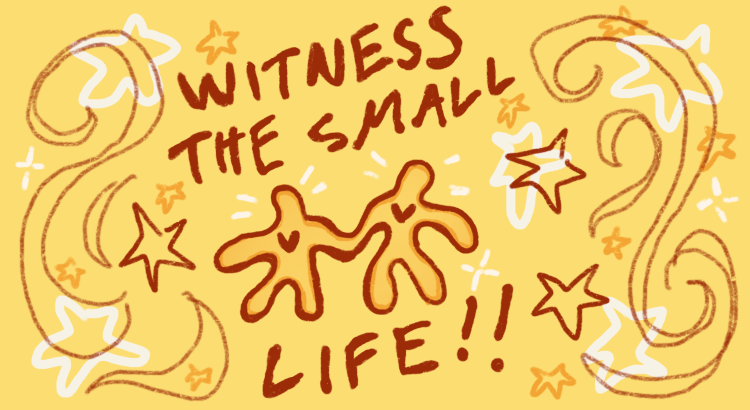
I’ve been thinking a lot about thinking. It’s kind of my thing. Words and ideas and images and connections. I think as an artist I’m overly encouraged to keep thinking, which I don’t mind one bit, but I do think the people around me start to tire after they hear enough words.

I’ve been pondering the word pretentious lately. I’ve spent my fair share making fun of people and things I’ve considered pretentious. In my corners of the art and music worlds the word pretentious gets through around enough. I spent some time with my thinking this past week and from this came the worrying thought that I was becoming the pretentious know-it-alls I love to despise. I think the word pretentious carries its weight and describes the truth of many situations, but at the same time I think we shouldn’t knock someone or something down who truly wants to understand, explore, or even push the bounds of what they know. I think intent and passion are two factors that takes a person from being pretentious to being curious. Humility and authenticity of course come into play as well and I think that shows up in the intent of sharing thoughts with others. I think in sharing with friends, peers, and strangers you should go into conversations with the desire to learn and make mistakes and find something new in the familiar. For me, I’ve been thinking a lot in relation to my semester-long art project where I’m considering the connects of mind, body, and soul to the physical and emotional space of home. When I start to talk about my project I feel like I sound crazy sometimes, but at the same time I want to stay that kind of crazy because that’s the passion that I’m putting into those thoughts taking form in words. I think starting to understand how other people respond, interact, and digest how I share my thoughts are really important to how they continue to take form in my mind. This idea of cycles and cyclical natures have been reoccurring in my thought process and I find that to be an important thread in my life. Cycles can show us the beauty in the mundane and the excitement in the unfamiliar. I think being a little pretentious allows us to take a peek into these cycles and allow ourselves to get lost in them. Or maybe I am crazy and I think too much for my own good…. but isn’t that just like all the other great artists?
To take into our next week:
Ins: Canned soda, charcoal, sienna (burnt and raw), tangerines, soft shadows, gravy, herbal tea, lavender oil (always).
Outs: Not wearing a hat, cold chins, forgetting to water my plants, dry air, sore thumbs, wet socks, too much heat.
Stew in your thoughts. Stare a thousand yards out the bus window and wondering about the car next to you. Consider taking a new route home and walk alongside your findings. Chew on a word that’s been on your mind lately. Talk a little too much and be a little pretentious. You deserve it!

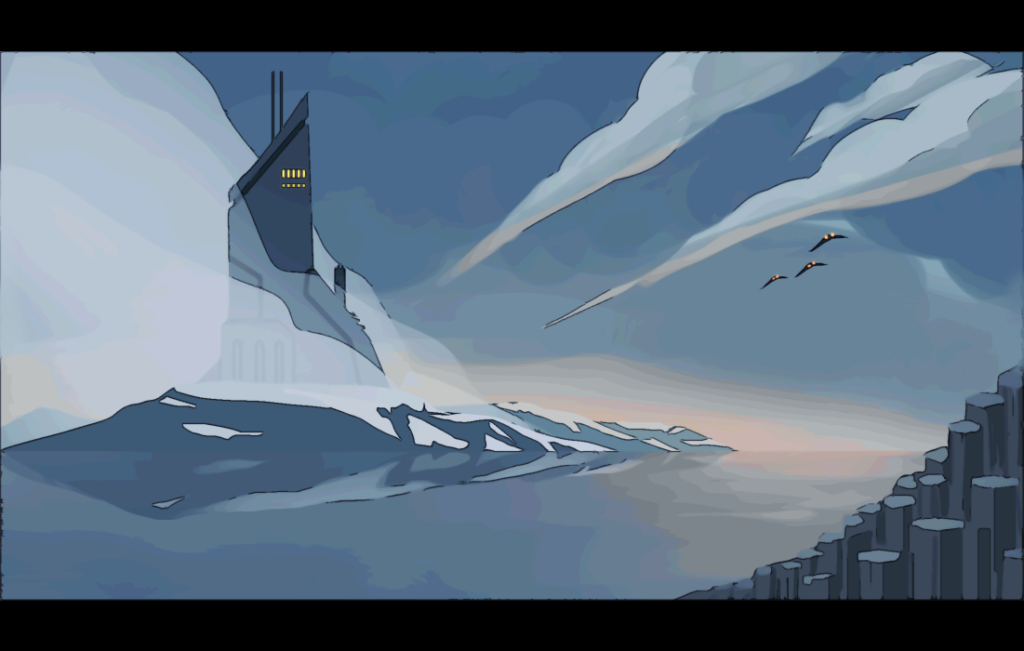
Both warning and shelter at once, this fortress is one of several way stations for island hoppers navigating the icy southern archipelagos of 1c. The surrounding region is often covered in a dense fog and low-lying clouds thanks to lava-driven upwellings, and the occasional eruption can cause severe, localized storms, making the region one of the most perilous to traverse. Like most structures on 1c, it has a deep underground network for harnessing geothermal energy and a small cache of resources in the event that a visitor requires shelter from a storm.